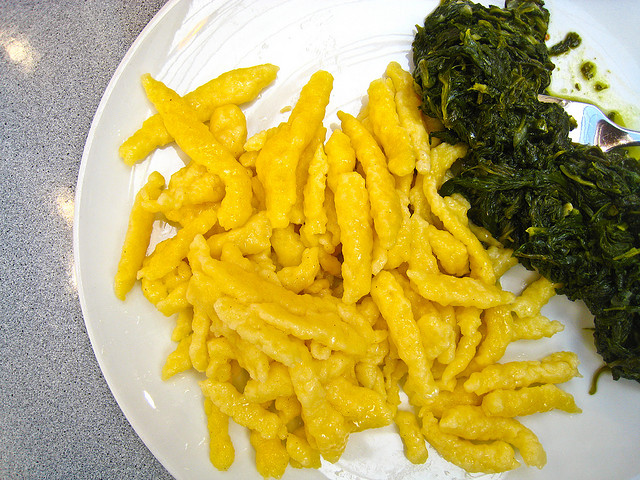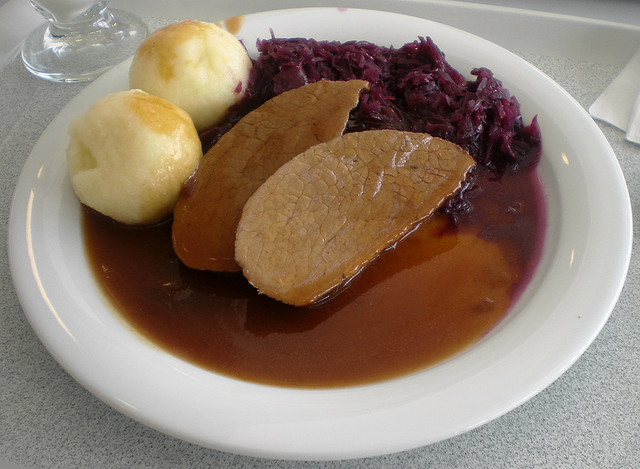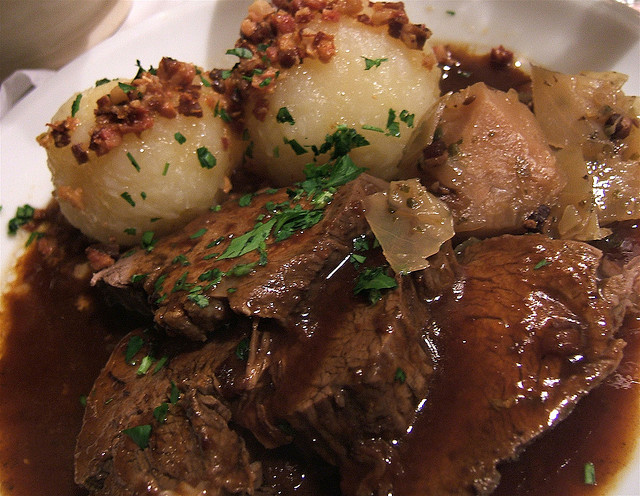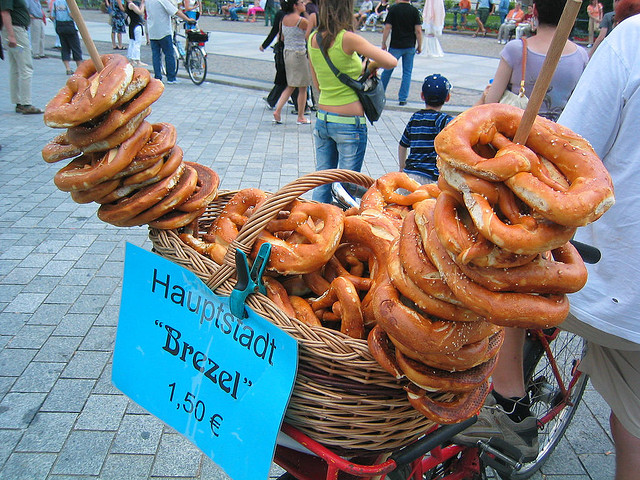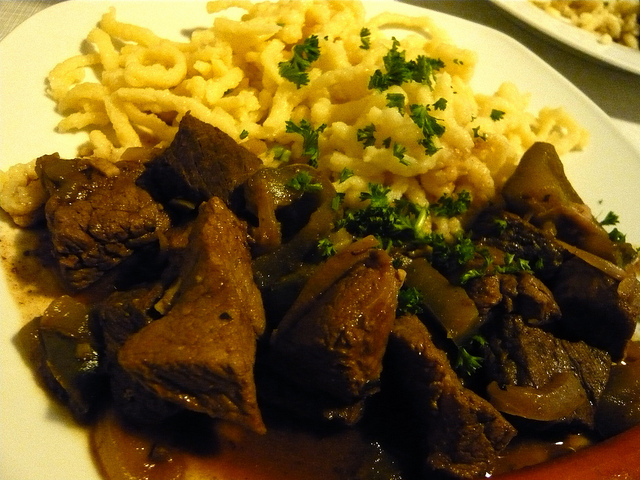Munich is the capital city of Bavaria, very well known thanks to the Oktoberfest, an annual event which includes a lot of beer, music and German food. But the city is also famous for the architecture and culture , being home to excellent museums.
Oktoberfest
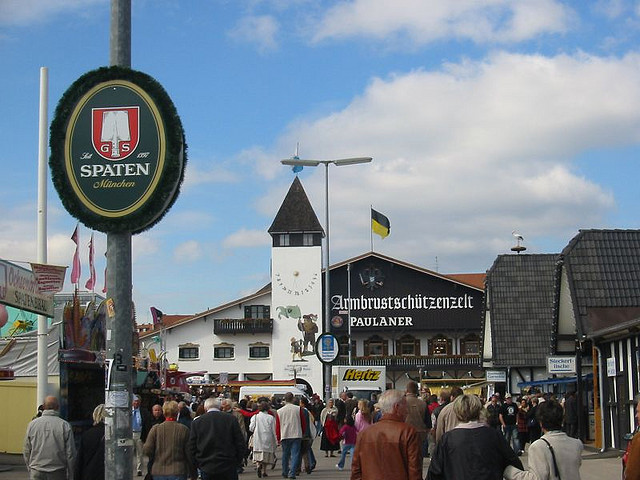
The first festival took place back in 1810 to celebrate the marriage of Prince Ludwig of Bavaria and Princess Therese of Sachsen-Hildburghausen. In the early years, horse races were held as part of the event , and later agricultural conventions were added. In 1896, the first giant beer tent appeared within the festival. And the rest, it’s history.
If you plan to head to Munich for Oktoberfest, make sure to book the accommodation way ahead of time. Consider staying outside the city as the room rates tend to double during the fair. The public transportation system is pretty much over crowded especially during the weekends.
But , if you love beer, then this is the place to be. And don’t forget to try the German food, as well.
Clubbing in Kunstpark
If you still have energy after all that beer, then you can head to Kunstpark, a former industrial area, now filled with clubs and bars to suit all tastes.
Relax in the Englischer Garten

Whether you nurse a hangover or just want to relax after visiting the city, the Englischer Garten is an excellent choice. It’s the largest green area in Munich and offers plenty of things to do. You can walk, jog, bike, surf, enjoy a picnic or row a boat.
Stop by the Viktualienmarkt to buy some goodies for your picnic first.
Eat lunch in Marienplatz

Marienplatz is a very popular destination for tourists. You can enjoy a meal, go shopping, do some people watching or party the night away. Plus, the tourist attractions are within walking distance.
Visit the park at Schloss Nymphenburg
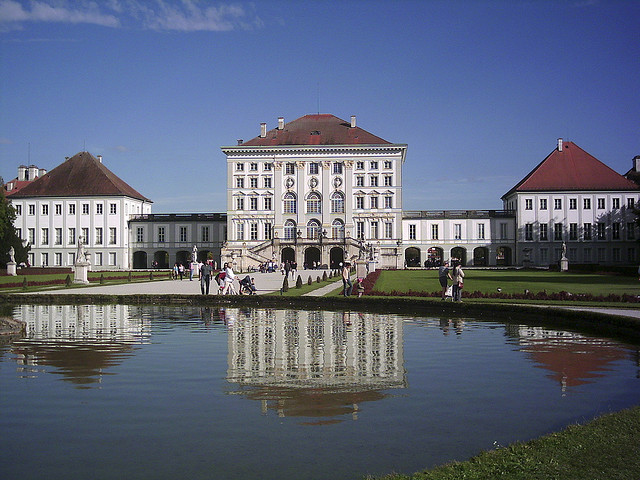
Schloss Nymphenburg was the royal summer residence and the gardens are now open to the public. You can visit the castle or walk in the garden.
Visit Peterskirche

Peterskirche is the oldest church in Munich, dating from the 12th century. It’s right in Marienplatz and the tower offers lovely views of the surrounding area.
See the city from the twin towers of Frauenkirche
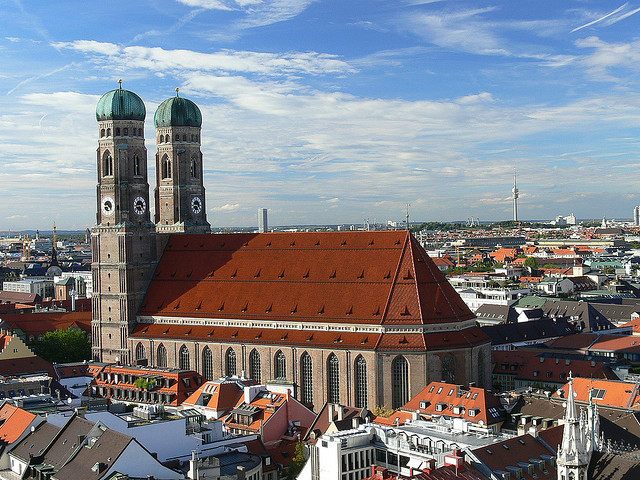
Frauenkirche was built in the 16th century and restored after World War II. The view from the twin towers is considered one of the best in Munich.
Ride a sledge at Blomberg
No, it doesn’t have to be winter to try this one. Blomberg mountain is an excellent place to head to if you like some action…or fancy seeing excellent views of the surrounding area. Try the sledge or go hiking. If you get hungry, there’s a restaurant in the area, too.
Explore the area from Karlsplatz to Marienplatz
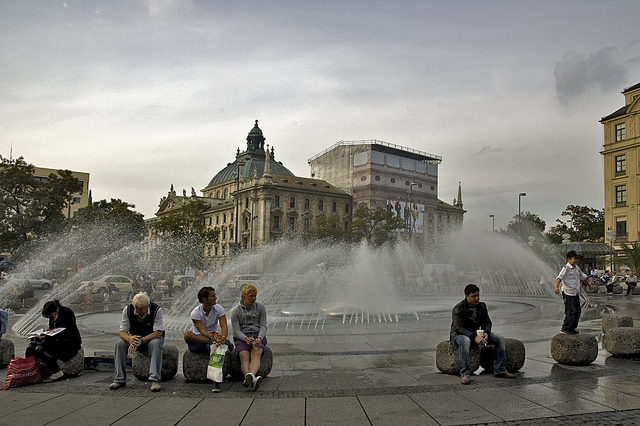
Walk between the two squares, go shopping or stop for a coffee when you get too tired.
Visit the BMW museum
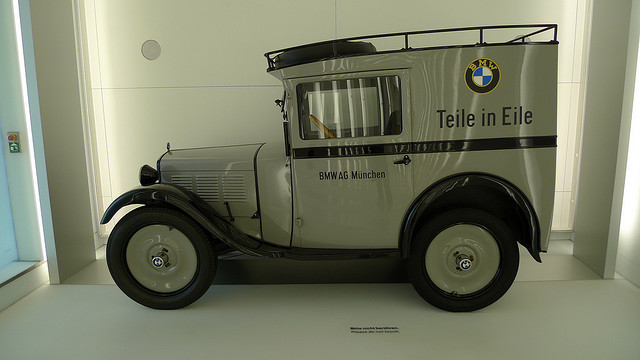
BMW Welt is the only BMW museum in the world and if cars are your thing, then don’t miss this one. You can test drive simulation cars, learn about the brand’s history and the models.
Olympia park

The Olympics took place in Munich in 1972 but the park is still open and an excellent choice for an active day. In the winter, you can ski down the slopes , while during summer you can swim in the pool. Plus, there are shows taking place year round.
Visit a Christmas Market
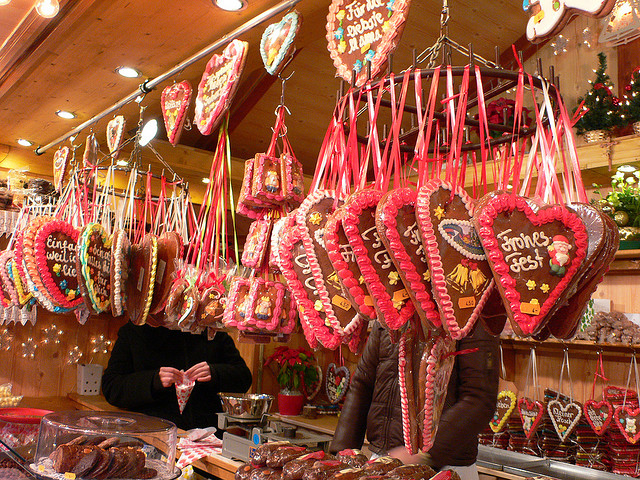
If you plan to visit Munich in December, don’t miss one of the Christmas Markets which take place in the city. Pick up decorations for your tree, get some gifts and try the mulled wine.
Take the kids to the Deutsches Museum
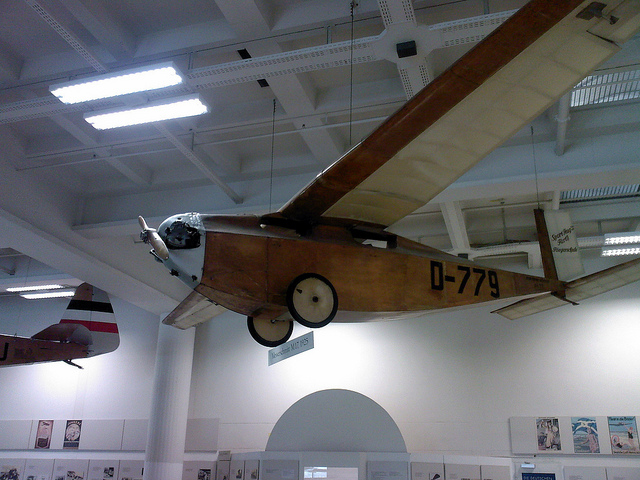
It is the largest technological and scientific museum in the world and is a pleasure to visit. Take the kids to explore the interesting displays.
Photo credits: Oktoberfest , Englischer Garten , Marienplatz , Schloss Nymphenburg , View from Peterskirche , Frauenkirche , Karlsplatz , BMW museum , Olympia park , Christmas Market , Deutsches Museum
 Berlin is the capital of Germany, known for its history and nightlife. There are plenty of things to do and places to see in the city. If you travel with the kids, don’t miss the zoo.
Berlin is the capital of Germany, known for its history and nightlife. There are plenty of things to do and places to see in the city. If you travel with the kids, don’t miss the zoo. 
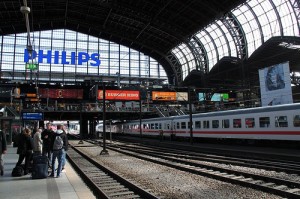

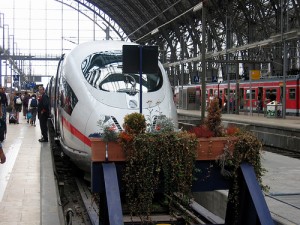 Frankfurt is the economical capital of Germany and home to the country’s largest airport, with a lot of connections to the rest of the world. The downtown area and the scenic neighborhoods attract millions of travelers each year.
Frankfurt is the economical capital of Germany and home to the country’s largest airport, with a lot of connections to the rest of the world. The downtown area and the scenic neighborhoods attract millions of travelers each year.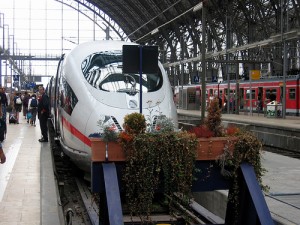 Frankfurt is the business and financial center of Germany and an important travel hub in the country, offering connections to the rest of the world. The downtown area is very popular among travelers and its off the beaten track neighborhoods still retain the old charm.
Frankfurt is the business and financial center of Germany and an important travel hub in the country, offering connections to the rest of the world. The downtown area is very popular among travelers and its off the beaten track neighborhoods still retain the old charm.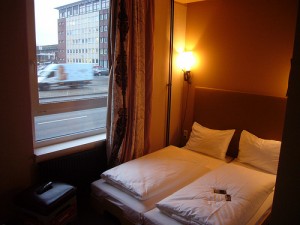 Accommodation can certainly make or break your stay in
Accommodation can certainly make or break your stay in  Gone are the days when hostels were basic places to stay, generally in sketchy locations and sometimes without running water. Nowadays, many hostels resemble small boutique hotels, complete with shared kitchen.
Gone are the days when hostels were basic places to stay, generally in sketchy locations and sometimes without running water. Nowadays, many hostels resemble small boutique hotels, complete with shared kitchen. 


